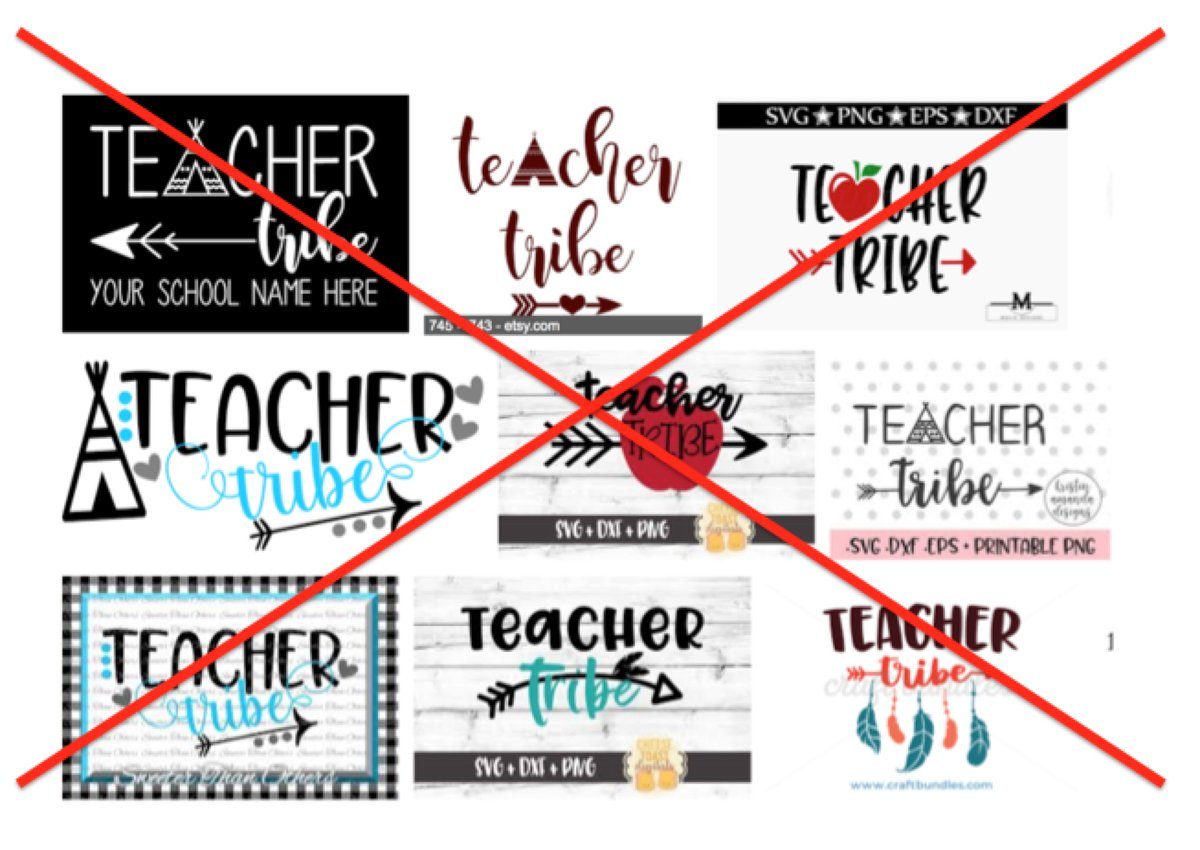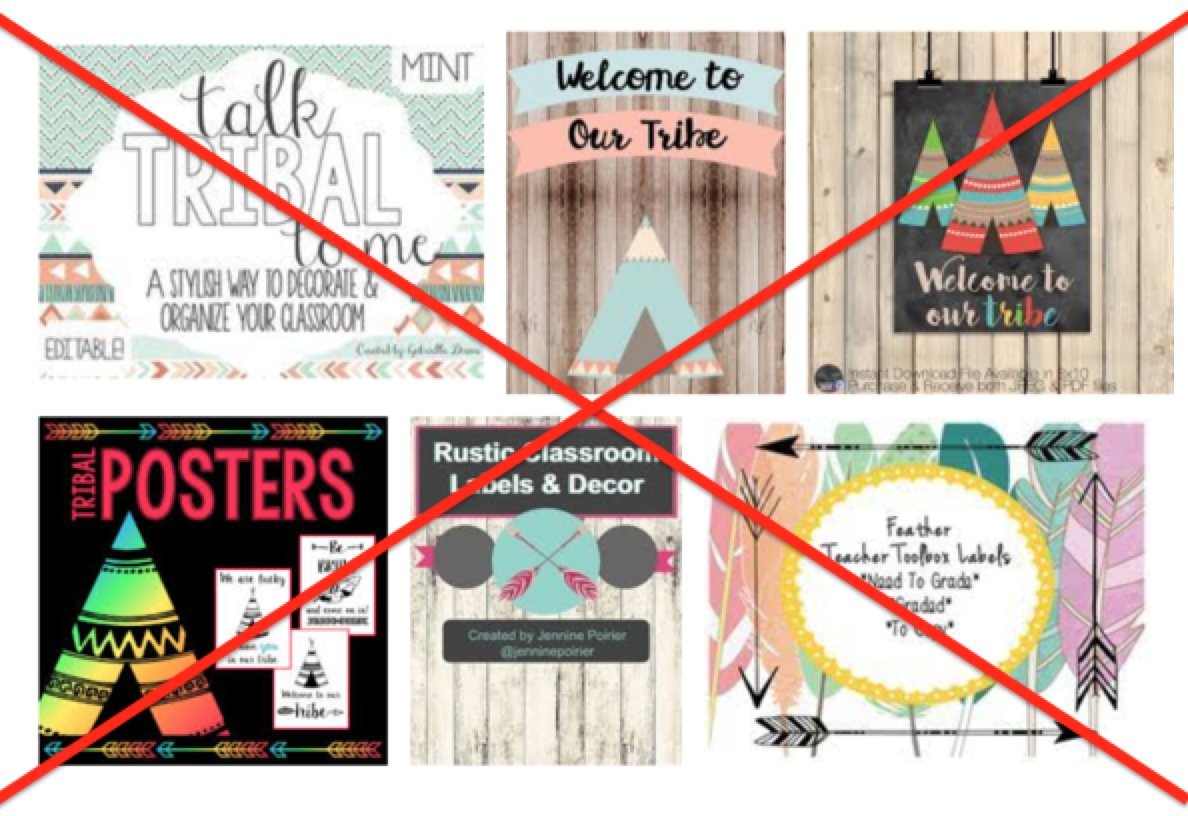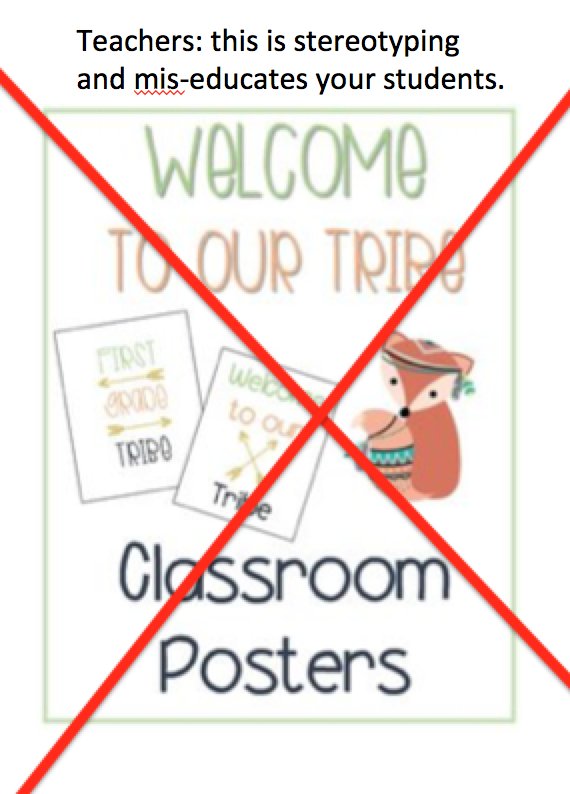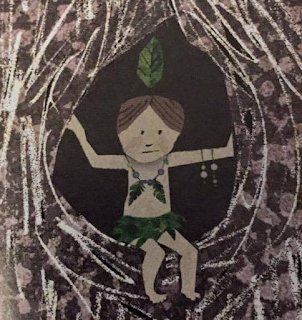Catherine Knutsson's Shadows Cast by Stars came to my attention in November 2012 when I was looking for young adult paranormal romance novels that have Native themes or characters. Published in June, here's Amazon's description for Shadows Cast by Stars:
Old ways are pitted against new horrors in this compellingly crafted dystopian tale about a girl who is both healer and seer.
Two hundred years from now, blood has become the most valuable commodity on the planet—especially the blood of aboriginal peoples, for it contains antibodies that protect them from the Plague ravaging the rest of the world.Intrigued? I sure was! A story about aboriginal blood being a commodity because it has antibodies against a Plague that is killing those who aren't aboriginal... And being hunted for blood...
Sixteen-year-old Cassandra Mercredi might be immune to Plague, but that doesn’t mean she’s safe—government forces are searching for those of aboriginal heritage to harvest their blood. When a search threatens Cassandra and her family, they flee to the Island: a mysterious and idyllic territory protected by the Band, a group of guerilla warriors—and by an enigmatic energy barrier that keeps outsiders out and the spirit world in. And though the village healer has taken her under her wing, and the tribal leader’s son into his heart, the creatures of the spirit world are angry, and they have chosen Cassandra to be their voice and instrument....
Incorporating the traditions of the First Peoples as well as the more familiar stories of Greek mythology and Arthurian legend, Shadows Cast by Stars is a haunting, beautifully written story that breathes new life into ancient customs.
So I started reading, but kept stumbling over the narrative. Below, my summary of the novel is in plain text, and my comments are in italics.
__________
Shadows Cast by Stars is set 200 years in the future. The earth is slowly getting colder, and fertility rates are down.
Debbie's comments: That would be approximately the year 2212. In my analysis, I use that date to set dates for other bits of chronological information provided in the story.
On page one, we are introduced to Cassandra Mercredi, the protagonist. She is Metis, 16 years old, and with her dad and brother (Paul), lives "the Old Way" in a house on farm land that once belonged to her great grandfather. The house is located near the "Western Population Corridor." In their home, they are safe from the government (the "UA"), the people in the Corridor, and "the Band." Living in "the Old Way" means they live without electricity, running water, garbage collection. Living that way keeps them connected to the earth.
The farm land was treaty land, but on page 28, we learn that in 2210, the Band signed it "back to the UA" and left for the Island. Cass and her family still live in it but the author doesn't tell us how that happens. The Band still feels some ownership, though, and show up at Cass's home whenever they want. They enter without knocking and drink with her father and brother. They all talk about how they will, one day, overthrow the UA and take back the land.
Debbie's comments: This is confusing... The Band signed it BACK? Using the word 'back' suggests it was the governments land to begin with. It also seems to me that if the Band gave up the land, Cass and her family would have had to leave, or, buy or lease it from the government. How is it they live in it?
Each morning, Cass and Paul head to the Corridor, where their school is located. At school, they "plug into the etherstream" (p. 1) via computer chips embedded in their forearms. By law, the chips cannot display information about race, religion, or sexual orientation. All their schoolmates know that they are "Others, of aboriginal descent, marked by the precious Plague antibodies" (p. 1) in their blood.
Debbie's comments: That confuses me... She doesn't say the government doesn't have the info. She says the chips can't display the info. So... does the government have the info?! If so, why doesn't the government just go after them for their blood right off? Why are they allowed to go to school?! It seems they would be protected by the government, due to the value of that blood. It also seems that the not-Others would kidnap them FOR that value.
At school, Cassandra gathers things like twine, old pencils, elastic bands, and paper clips to make dreamcatchers.
Debbie's comments: Dreamcatchers? Seeing them as part of this story is, for me, a red flag. They signal "Indian" in the same way that a totem pole or 'totem' or 'spirit animal' does.
Cassandra and Paul have powers. They both have visions. She has special powers that enable her to see a person's "shade" or "totem." Sometimes she has seizures and sees sparks that symbolize a spirit world. The spirits of that world figure prominently throughout the book, ever-there, wanting to take her into the spirit world. She guards against that happening, though, because it is not a good thing.
Debbie's comments: Hmm... She sees things others don't.... Totems... These signal 'new age' to me...
When Cass is making lunch for herself and Paul to take to school, she uses paper, not plastic bags, because her dad doesn't allow plastic in the house. Later, their father hurries them into his truck because the searchers are coming for them.
Debbie's comments: I guess the truck is an exception to the "Old Way." Her dad doesn't like that she gathers those things she uses to make dreamcatchers either, but his objection is because the things don't belong to her. His objection has nothing to do with them not being part of the "Old Way." Are some things ok and others aren't? Or is this an inconsistency in the development of the story?
With her dad in his truck is a woman named Madda who goes into the kitchen and sets up a tray of scalpels and needles. Her father has heard that there aren't enough full blood aboriginals in the Corridor anymore, and the government is rounding up the half-bloods. That means Cassandra and Paul aren't safe, and it explains why Madda is with her dad...
Debbie's comments: Ok... so, being half-bloods, they weren't under threat until now. I'm curious about the author's constant use of "half blood" and "half breed." Today, those are derogatory terms rejected by Metis people. In 200 years, are we to believe there was a change such that the Metis people stopped using Metis and started using half blood or half-breed again?! It doesn't seem likely to me, and, given the family's desire to live in "the Old Way" it seems that using "Metis" would be part of that Old Way.
Madda cuts the chips out of Cass and Paul's arms and they all leave the farm, headed to "The Island" which is "treaty lands" where "the Band" lives. Cass worries that the incisions will leave scars and mark them as outsiders to the Band. She thinks (p. 22):
[W]e'll both have scars. This is how they'll know where we came from when we get to the Island, that we weren't born there, that we weren't raised native. The Band might open its arms wide to us now, but they'll never, ever let us forget that we came from the Corridor first.Debbie's comments: That is a very intriguing excerpt, and I wonder what it says about the author. On her website, she says that she recently learned that she is Metis. (Update: July 5 2016--the bio page has been edited and replaced with this one.) She was not raised Metis. Is she saying to us, by way of her protagonist, that First Nations people might open their arms to her but will never let her forget she was not raised Native?
Debbie's comments: Learning that she wasn't raised Native and that she's recently been learning about her Metis heritage explains a great deal of what I find troublesome in the novel. It is sprinkled with things like dreamcatchers and totems (things embraced by people with scant knowledge of indigenous cultures) but the novel is also deeply laden with words and ideas that sound more like outsider perspective than insider perspective. One example is the half-blood/half-breed term used throughout. As the novel progresses, Cass is pitted against "supernaturals" who wish to harm her. Calling spirits---good or bad---"supernaturals" is outsider perspective. And, it isn't just Cass who uses that sort of language. The "full bloods" on the Island use it, too.
To get to the Island, they have to pass through a boundary, or "the boundary." At one point in time, only Others could pass through it, bringing non-Others with them if they wanted to. Without an Other, the non-Others would be pushed away from the boundary. They'd never actually know about the boundary, though, because they'd attribute their movement to wind or water currents.
On the Island, Cass sees "full bloods" and whites, too.
Debbie's comments: On the Island, the men are depicted in derogatory ways. They drink. And there was a line that bothered me, too. On page 251, the text reads "Grace Eagleson is a drunk." Throughout, Grace (she's white) is depicted as being over-the-edge. She's obviously got problems, and while we are given some context for those problems, there's no compassion for her in the narrative. I know many people who struggle with alcohol, and while their family and friends grow frustrated in caring for them and lash out at times, there is compassion for them, or, at least a sadness, or, if someone does say "so and so is a drunk" there is a quality of shame or regret in having uttered that heartless statement. In one of the major review journals, the reviewer said that Alexie fans would recognize the characters in Shadows Cast By Stars, but I don't agree. When Alexie's Junior talks of his dad being "a drunk," he immediately follows that remark with how his dad never missed his games or concerts. Earlier, he says that his dad is a drunk and his mom is an ex-drunk but that they don't want their kids to be drunks. None of that sort of nuance or context occurs in SHADOWS around the alcoholism or other negative qualities of the Band.
On the Island, there is a Longhouse at the heart of the community. When Cass, her brother, and her dad move into a house on the Island, Cass thinks about her mother (deceased):
...I can't help wondering what my mother would think of all this. She worked so hard to make sure we had a home at the Corridor. She didn't want me here. She wanted me in a place where I would have a future that didn't involve marrying a warrior and bearing him babies, a future that didn't condemn me to working my fingers to the bone and aging far before my time.Debbie's comments: Her mom was white. She married a Metis. From what I read, she didn't work her fingers to the bone. Why did she think that she had to raise her children away from the Island? Was it due to the alcohol? Is this 'away from the Island/band' also part of the author's identity?
At one point, one of the Native guys on the island says to Paul (p. 84):
"Whatever you say, apple."
Paul freezes. I can see he's fighting himself, that he wants to walk away, but he can't. Apple. Red on the outside, white on the inside. One of the worst insults an Other can throw.Debbie's comments: I was pretty surprised to see Knutsson use 'apple' in her story. Alexie used it, too, in DIARY. Junior tells his white friend, Gordy, that people on the reservation called him an apple when he left the reservation school to attend the public school with the goal of becoming successful. Her use of it signals to me that she's done some research on the tensions within Native communities.
As I read through the book, I kept waiting for the blood theme to develop, but it just went away as the story shifted to Cass struggling with the "supernaturals." I also waited for the Native peoples of the "five treaty territories" to enter the story. They're introduced on page 32. One is the Pueblos! So, obviously, being Pueblo, I wanted to see how Knutsson would present Pueblo people! But, she never does.
As the story progresses from our introduction to Madda, we read that she is "a witching woman--a medicine woman..." (p. 113)
Debbie's comments: A witching woman?! So, Madda is speaking to Cass as though Cass has no knowledge of "the band's" ways? Again, I'm confused. All of the talk earlier of "the Old Way" and "traditions" doesn't quite match up with Cass's ignorance. And, I'm not convinced that Madda would call herself a witching woman anyway! Knuttson could have put a few more words into Madda's remark, saying something like "people who don't know our ways would call me a witching woman..."
In a dream, Cass sees Bran (her love interest) and Paul (her brother) talking. Bran takes out a hunting knife, "makes an incision in his forearm, right in the spot where a chip scar would be if he had one, and as blood wells up and drips onto the rock, he hands the blade to Paul, who embeds the point right into his chip scar. They press their forearms together, melding their blood, the water of their body" (p. 150).
Debbie's comments: Oh dear! Blood brothers?!
There's to be a gathering of the Band. Madda "wants to make a tea for the hangovers she'll have to treat tomorrow." Madda says: "Make sure you don't drink any of that firewater the Band brings tonight--horrible stuff" (p. 168).
Again---presentation of Indigenous people as being drunk...
How to sum up?! Knutsson's book does not feel like a story written by an insider. It isn't the honest and contextualized portrayal of dysfunction that we saw in Alexie's book. Combined with the new age stereotypes, the superficial and derogatory ways in which Knuttson presents Indigenous people leaves me both outraged and sad. I'll be thinking about this book for some time... We need Native writers. Ones like Knutsson, who learn of their Native heritage as adults, could give us some much-needed stories, but dressed up in this sort of framework... it isn't working.
Update: This blog post on Metis identity by Chelsea Vowel is very helpful (for those of you who want to know more about the Metis people).
Update, July 5, 2016
After Rowling's Magic in North America stories appeared, one of the conversations on social media was regarding speculative fiction by Native writers. Daniel Heath Justice (he's a citizen of the Cherokee Nation and is a professor in First Nations and Indigenous Studies at the University of British Columbia) has a list: A Sampling of Speculative Fiction by Indigenous Writers. It includes a few books I've reviewed as ones that can be read by, or are marketed to, young adults, like Shadows Cast by Stars. Specific to my questions about the term "half breed" Daniel wrote to me about it and suggested I take a look at Adam Gaudry's work. I've read some of his work before and look forward to spending more time with it. You can follow him on Twitter: @adamgaudry.






